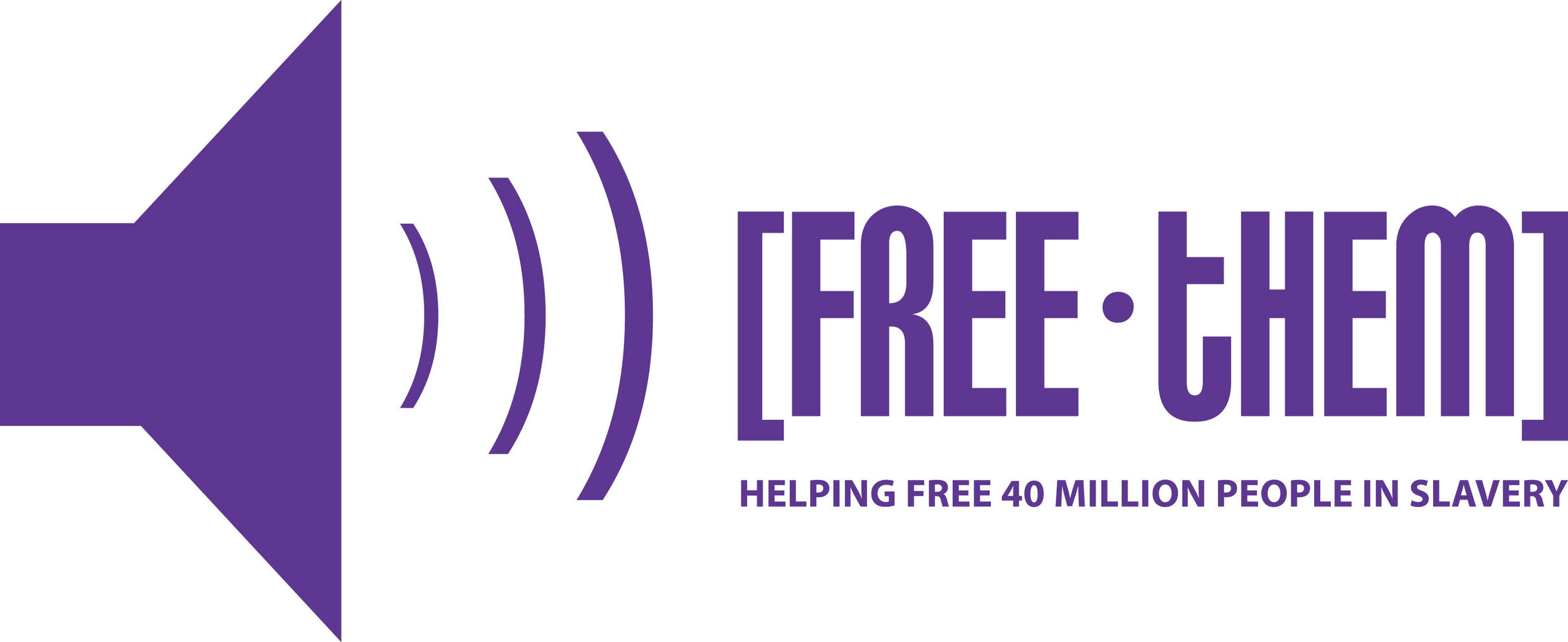Ontario’s Anti-Human Trafficking Strategy – Holding Offenders Accountable (Part 2 of 4)
It has been reported that human trafficking, often referred to as a modern form of slavery, is one of the fastest-growing crimes worldwide. In Canada, approximately 100,000+ victims are trafficked annually, with 2/3 of that number reported in Ontario. With COVID-19 isolation, there have been arrests made in the Halton region (May 2020) in connection to human traffickers, click here to read the full article.
2020: Ontario’s New Strategy to Hold Offenders Accountable
It has been identified that Human traffickers have lacked accountability, and the government is making it a point to hold offenders accountable with funding and resources dedicated to correctional systems and police services. In March 2020, the Ontario government released a plan which includes investing $307M across four platforms, including holding offenders accountable, and legislation to ensure accountability measures at the Federal, Provincial and Territorial levels.
Premier Doug Ford, Associate Minister of Children and Women’s Issues, Jill Dunlop, and Solicitor General Sylvia Jones are responsible for the updated legislation which covers these four areas:
Raising awareness
Holding offenders accountable
Protecting victims
Supporting survivors
I will review the points included in the Holding Offenders Accountable section in this blog. To read our blog about point #1: Raising Awareness legislation, click here.
A closer look: #2 Holding Offenders Accountable
Holding offenders accountable involves giving law enforcement support and funding to act when human trafficking has been identified. The accountability extends to include intelligence gathering in the correctional system and investing in police services to help coordinate anti-human trafficking investigations and expand the Ontario Provincial Police Child Sexual Exploitation Unit.
The plan includes these FIVE areas:
1. The province will invest in creating software development to enhance the needs of human trafficking investigators and analysts. This investment will aid in building the use of Major Case Management (MCM) across all of Ontario’s police services to tackle significant crimes in the human trafficking department. This plan also includes developing consistent policing standards for human trafficking and missing persons police work with the Community Safety and Policing Act (CSPA) based on the 2019 regulator framework.
2. Change in legislation for the Ontario Provincial Police (OPP), municipal police services, and First Nations police services. The legislation leads to the establishment of a new Intelligence-led joint force team from all three areas of policing. The new legislation provides the ability to identify, investigate, and disrupt human trafficking organizations identified in Ontario and pursue the threat of organized crime.
3. Increasing the capacity of the OPP Child Sexual Exploitation Unit (CSEU) to investigate sexual offences against children, including cases of child sex trafficking. Doing so will ensure there are sufficient resources to investigate reported crimes from all sources including, OPP calls, RCMP National Child Exploitation Coordination Centre, Canadian Center for Child Protection’s Cybertop.ca, and Peer 2 Peer services.
4. Increasing the investment in Institutional Security Teams, Field Intelligence Officers, and intelligence analysts within correctional services to allow broader coverage of correctional institutions, as well as probations and parole office locations in Ontario.
5. Holding offenders accountable with enhanced capacity to respond to existing and additional human trafficking cases. The Crown will hold offenders accountable by administering charges against members of organized human trafficking networks and other sexual offences against minors. This will also help victims and survivors manage their complex investigations.
The Goal of the program is to allow authorities to hold offenders accountable for their actions by increasing their resources in the community. To read more about Ontario’s Anti-Human Trafficking Strategy, click here.
In part 3 of 4, I will review and summarize the Protecting Victims section of the plan.
If you are or believe you have identified someone in a trafficking situation, you can take action. Call 911 immediately to notify local law enforcement. You may also call the human trafficking hotlines in Canada and the United States by dialling the numbers below. Both hotlines are open 24/7/365 days of the year and provide services in over 200 languages.
Canadian Human Trafficking Hotline
1-833-900-1010
United States Trafficking Hotline
1-888-373-7888


